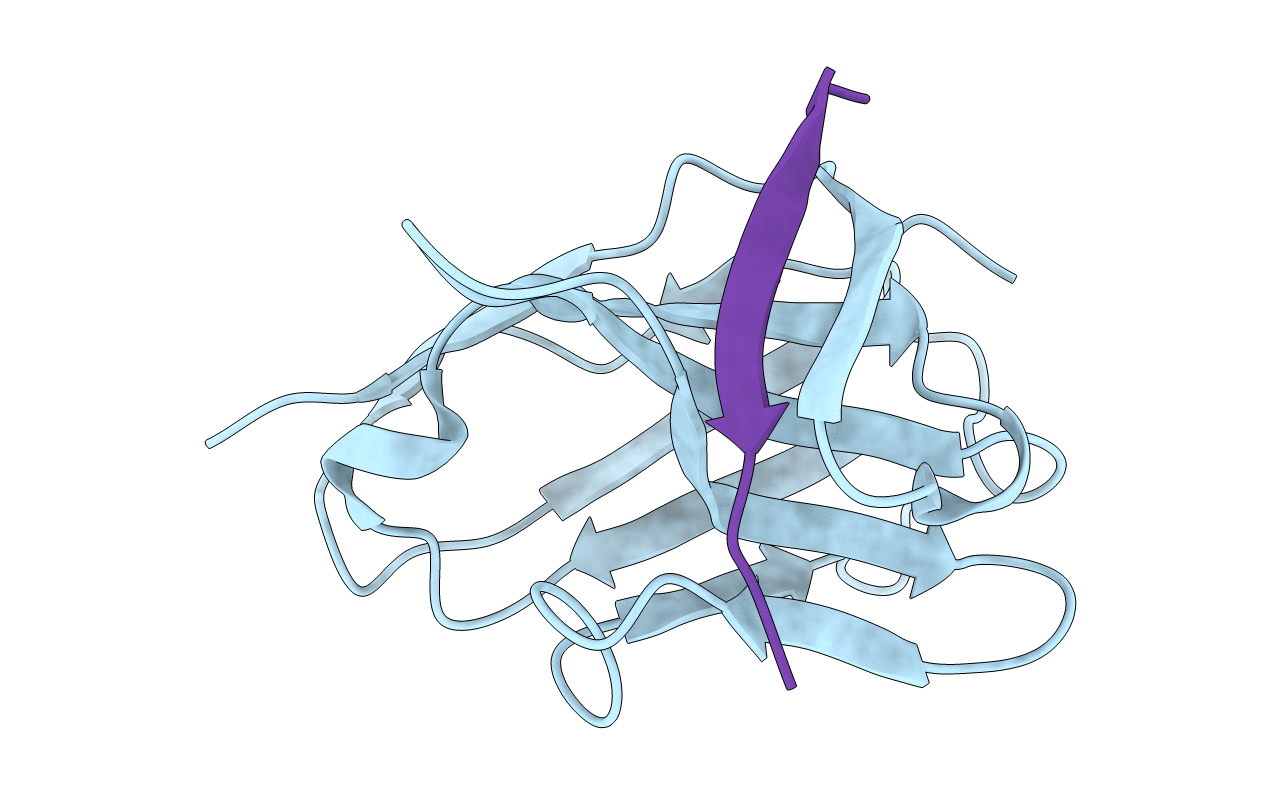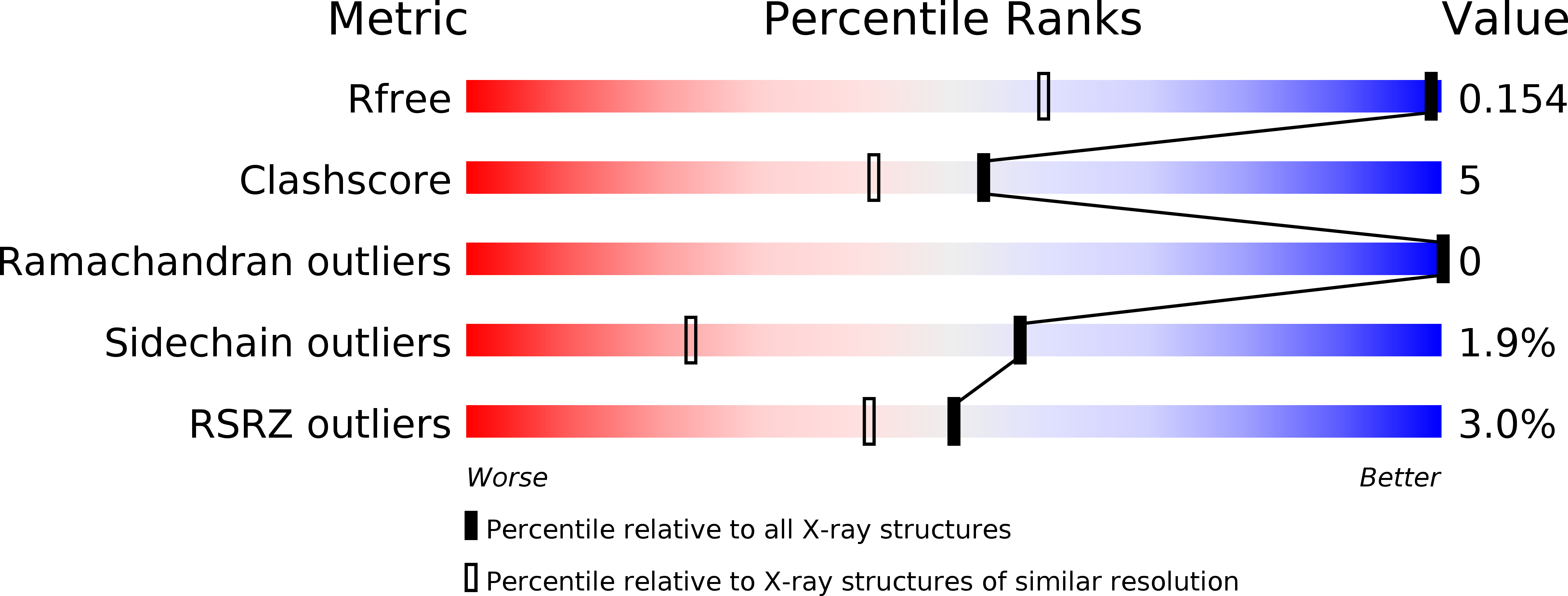
Deposition Date
2016-03-21
Release Date
2016-04-06
Last Version Date
2024-01-10
Entry Detail
PDB ID:
5IVN
Keywords:
Title:
BC2 nanobody in complex with the BC2 peptide tag
Biological Source:
Source Organism:
Vicugna pacos (Taxon ID: 30538)
Homo sapiens (Taxon ID: 9606)
Homo sapiens (Taxon ID: 9606)
Host Organism:
Method Details:
Experimental Method:
Resolution:
1.00 Å
R-Value Free:
0.14
R-Value Work:
0.12
R-Value Observed:
0.12
Space Group:
C 1 2 1


